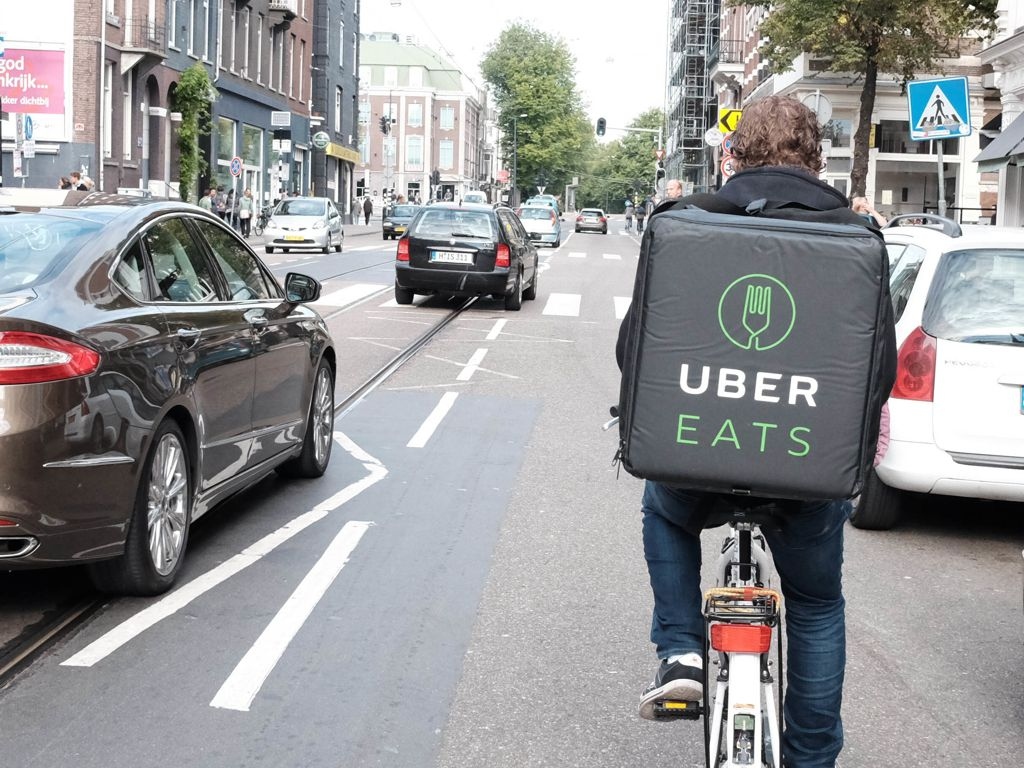
Together with Anke Kläver, Franziska Meinherz won a grant through the Margarete von Wrangell Junior Professorship Programme. This programme, run by the Baden-Württemberg Ministry of Science, Research and the Arts, supports three-year partnerships between newly qualified postdoctoral researchers and junior professors. Franziska Meinherz and Anke Kläver applied with the project ‘The emergence of platform delivery cyclists: Implications for the politics of cycling’. Anke Kläver completed her PhD at the Technical University of Berlin as part of the EXPERI project on issues of mobility justice in participatory processes in connection with road space redesigns. She will join our group in the autumn. Next to her work on this research project on delivery cyclists, their mobility practices and their role in urban mobility policy, she will also bring and develop new teaching formats. We are very much looking forward to working with Anke and her input!
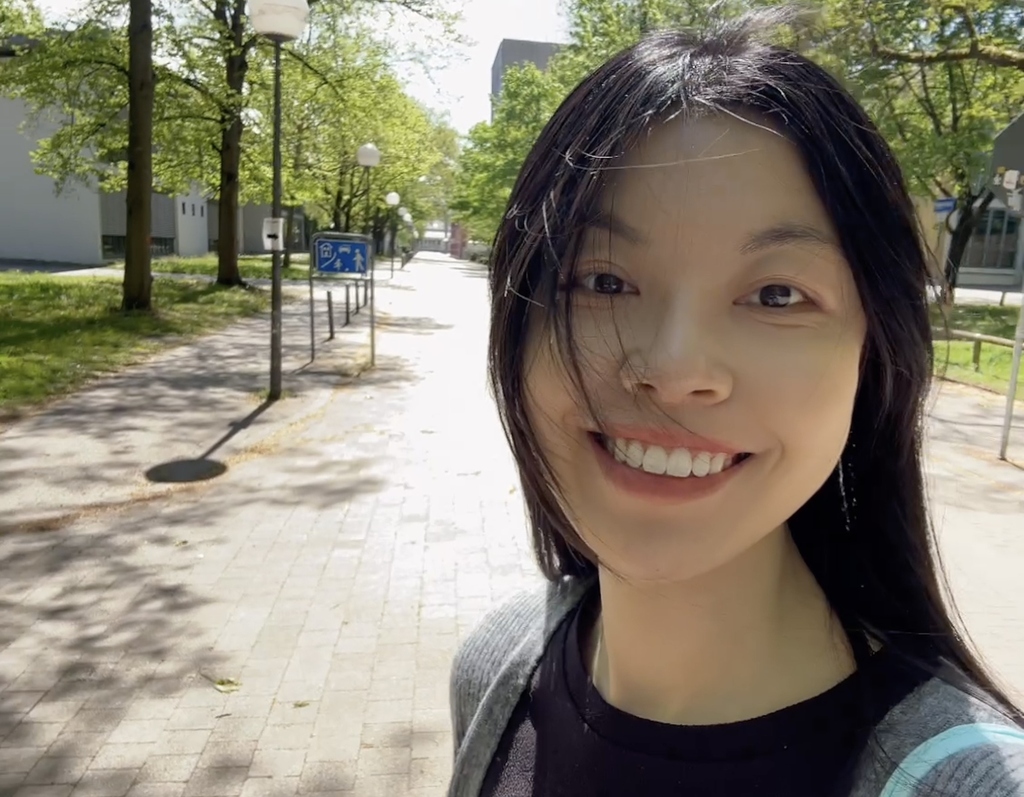
Ke Lu (Coco) studied Landscape Architecture in her Bachelor's and Landscape Planning in her Master's program. She conducted research on Tokyo's urban transit sustainability, which was inspired by her fascination with the city's rail systems. After several years working as a landscape designer and urban analyst, she became increasingly interested in the social dimensions of urban green space development. To pursue this interest, she applied for a doctoral scholarship from KIT's graduate school GRACE – co-financed by the Dr. Hartwig Blume foundation - and won! Her PhD project focuses on green gentrification - examining how urban green infrastructure renewal affects housing affordability and neighborhood demographics. Her research bridges landscape planning, urban studies, and social equity, with findings aimed at informing more inclusive urban greening policies. Welcome, Coco!
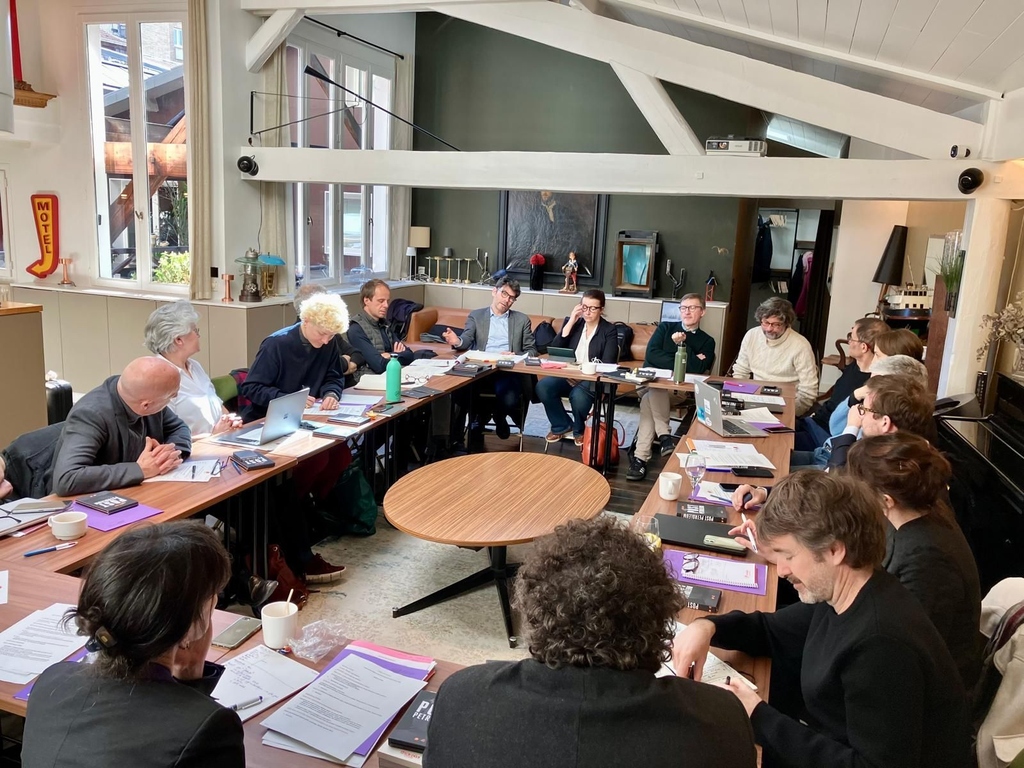
On March 19 and 20, the advisory board of the Forum Vies Mobiles for the years 2025 - 2028 was constituted in Paris. "Inspired by citizens, informed by science": The Forum Vies Mobiles, a French research institute, works at the interface between science and society and shows how mobility can be made both more sustainable and more needs-oriented. The Forum Vies Mobiles stands for a decelerated society of short distances, the phasing out of automobility and inclusive and socially just mobility. With exhibitions, scientific publications, podcasts and blog posts, Forum Vies Mobiles makes its work accessible to a wide audience. The Forum Vies Mobiles advisory board is made up of personalities from the fields of science, planning, civil society associations, art and literature.
Homepage Vies Mobiles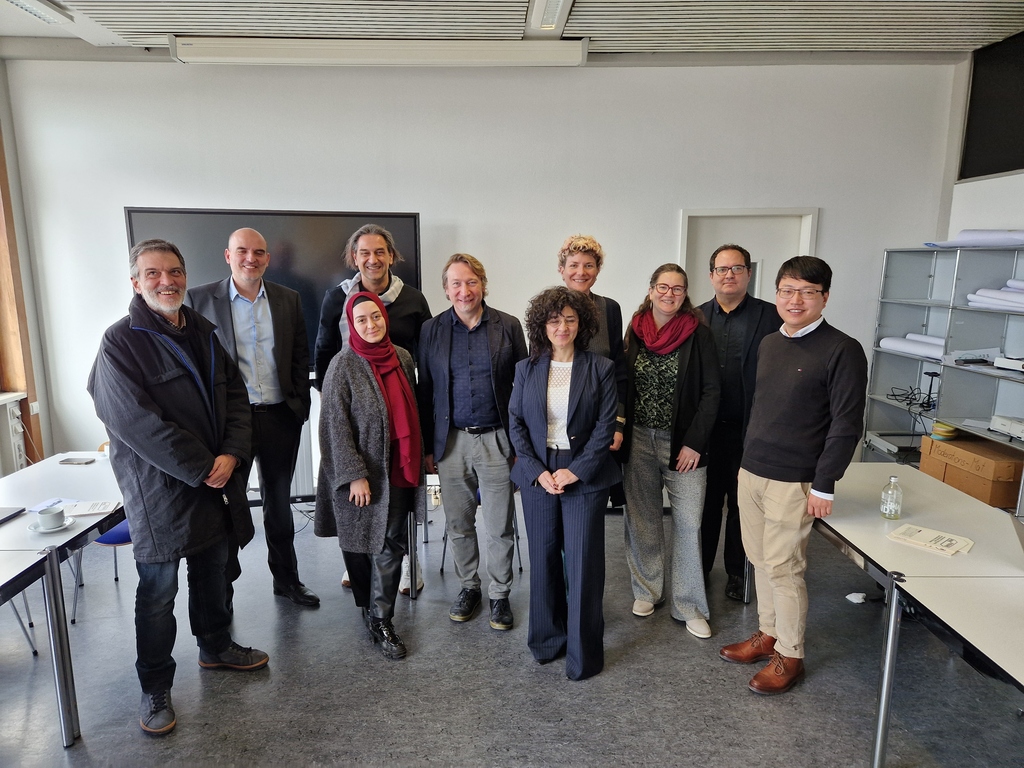
A total of 120 scientists intensified their international cooperation between KIT and its Greek partners AUTh, CERTH and Thess INTEC from February 19-21, 2025. We would like to thank the INTL team and especially Prof. Michael Janoschka for the successful workshop on "Sustainable Buildings, Circular Construction and Sustainable Urban Development" and the opportunity for inspiring exchange!
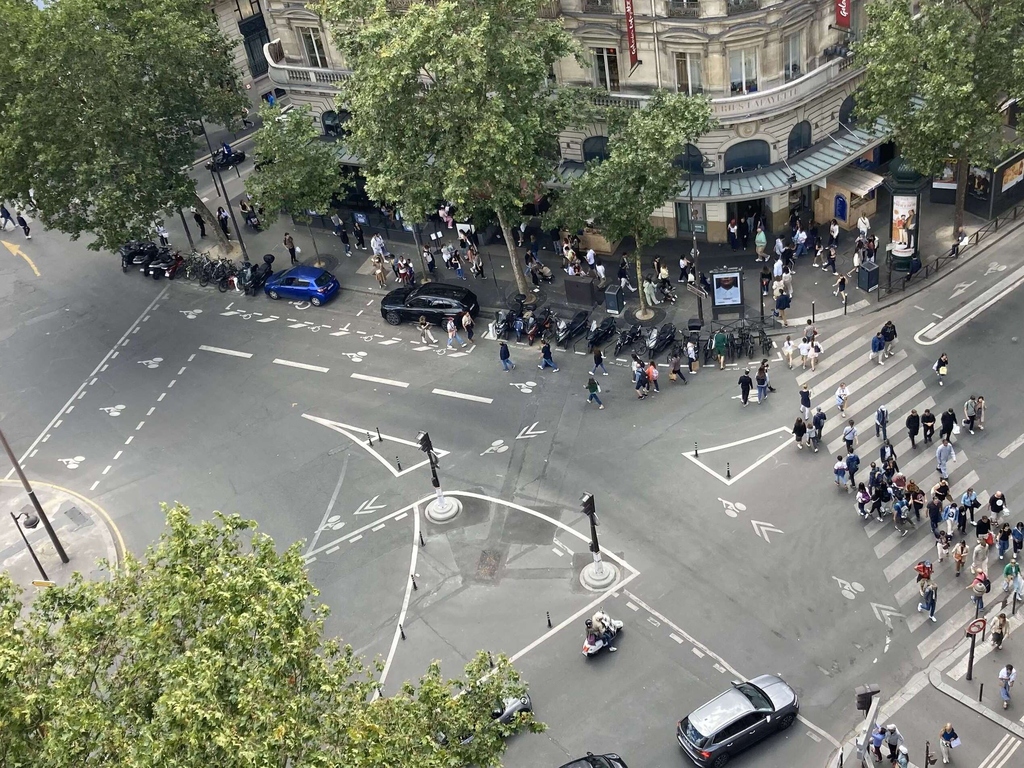
Our team is very excited about the new PhD researcher, who will be funded by the Dr Hartwig Blume Foundation and GRACE to support interdisciplinary research into pressing environmental problems. Candidate Ke Lu impressed the jury with her achievements to date and her ambitious PhD-research project "Navigating Trade-offs in Green Renovation for Areas Vulnerable to Green Gentrification: Exploring the Future Transformation of Green Infrastructure in Urban Communities".
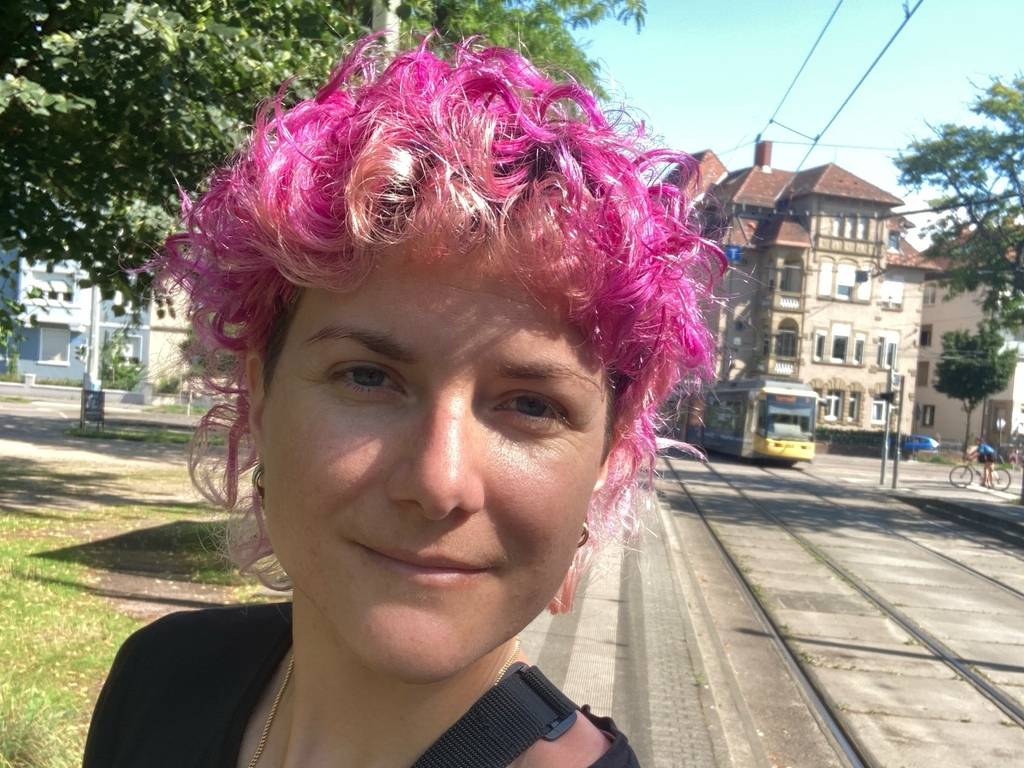
The Institute welcomes Franziska Meinherz and her team for the winter semester 2024/25! The new working group strengthens human geography and examines mobility in the city and surrounding areas with a view to the challenges of the mobility transition and how these are related to social and spatial structures.





